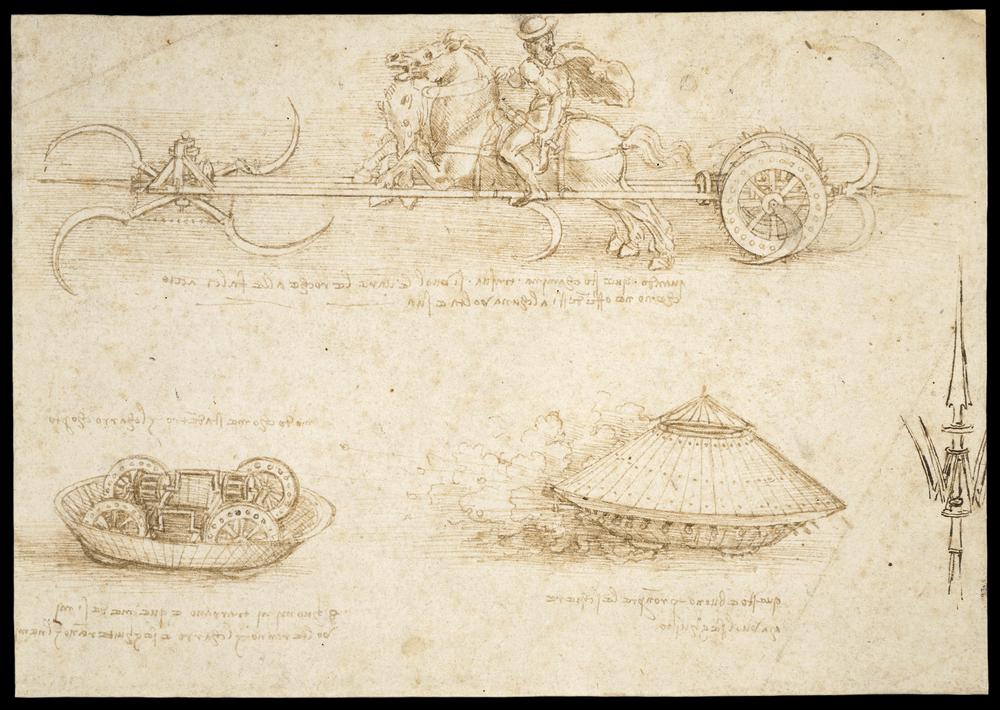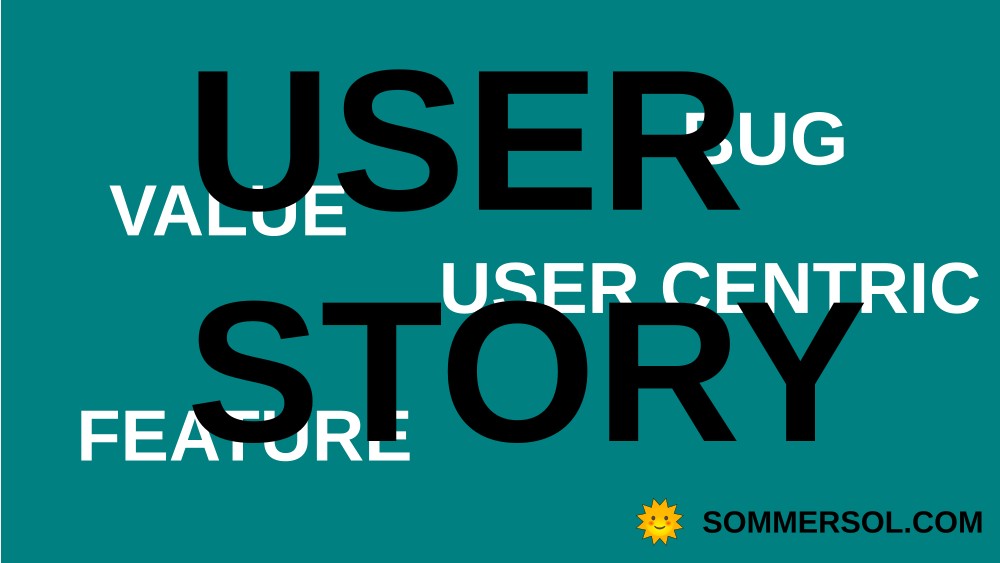
Outcome-Driven Feature Prioritization for Agile Teams | Alfa Sommersol
Learn how focusing on business outcomes instead of features can lead to better decision-making, faster delivery, and more value for your customers.

Uncover Agile methodologies and Scrum practices embedded within the workings of Leonardo da Vinci's Renaissance art workshop. This article unveils how da Vinci's teachings align with modern Agile/Scrum principles, offering profound insights to drive business and technology transformations.
Picture: Drawing By Leonardo Da Vinci, © The Trustees of the British Museum
12.06.2023
Alfa Sommersol
Leonardo da Vinci's work stands as a testament to iterative creativity, a cornerstone of Agile methodologies. His iconic works like the Mona Lisa weren't the result of spontaneous genius but rather, a reflection of a meticulous and evolving creative process. This aligns closely with Agile's embrace of continuous iterations and adaptations, echoed in practices like agile user stories.
In Da Vinci's workshop, a remarkable semblance to modern Scrum teams is noticeable. The collaborative space, filled with apprentices and artists, nurtures continuous learning and knowledge sharing. I've witnessed the power of such a collaborative setting during an Agile transformation at a tech startup. This robust environment spurred creativity, enabling us to craft a Minimal Viable Product (MVP) swiftly, attracting the essential investment that skyrocketed the company's growth.
Just like the constant refinements in agile user stories, Da Vinci refined his art pieces until he achieved perfection. His masterpieces, such as the Mona Lisa, saw years of iterative development, showcasing his Agile-like approach in action.
An unmistakable parallel lies between Da Vinci's relationship with his patrons and the customer collaboration pillar of Agile methodologies. It reminds me of the collaboration between the product team, engineers, and stakeholders during a planning poker session and how this enhance our understanding of the product goals, fostering more accurate estimates and setting the stage for the project's success.
Da Vinci's relentless pursuit of adaptability and continuous learning mirrors Agile's core values. His innovative sketches, like the flying machine and armored tank, demonstrate his ceaseless desire to explore and adapt. These traits remain pivotal in the modern world, where digital transformations are the norm.
Modern Agile teams can draw vital lessons from Da Vinci's workshop. They can leverage his iterative creativity approach in formulating agile user stories, model their Scrum teams like his workshop for knowledge sharing, and prioritize customer collaboration, like Da Vinci did with his patrons.
Leonardo Da Vinci, the Renaissance master, continues to inspire Agile teams today. His teachings serve as a valuable reminder of the iterative, collaborative, and learning-focused nature of Agile methodologies. Let us adapt these timeless principles, originally harnessed in the art world, to drive innovation and growth in our digital era.

Learn how focusing on business outcomes instead of features can lead to better decision-making, faster delivery, and more value for your customers.

Learn how to write user stories and prioritize them effectively in agile development, including templates for feature requests and bug reports.

This guide provides valuable insights and tips for anyone interested in understanding the role of a Scrum Master.